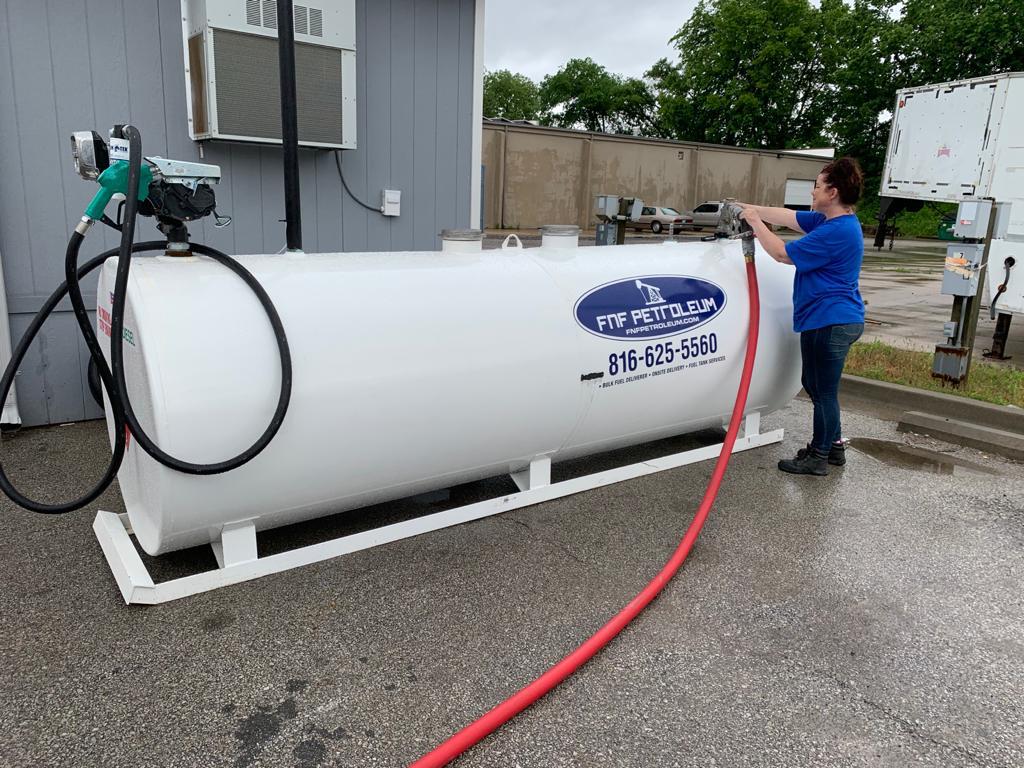Guidelines for the installation and maintenance of on-site fuel storage tanks above ground
It is important to keep a close eye on your diesel fuel as it offers several benefits, particularly for those with a fleet of heavy equipment. Purchasing bulk fuel will also enable you to get amazing discounts and save you the stress of waiting for the delivery services to fill your generators, machines, and trucks.
However, the installation and maintenance of huge fuel tanks imply that several local, state, and federal regulations must be complied with. Furthermore, once you start to dispense your fuel, it is your responsibility to guarantee that the fuel is free from contamination and water. In this situation, it is crucial to have an adequate design and maintenance strategy for your fuel tank.
Tank design
ASTs (aboveground storage tanks) are usually the best option when setting up a fleet of storage tanks to enable proper monitoring and painting. The possibility of leakage is very low and relocating it to another position in the site is easy when needed. Alternatively, they can be hit by a vehicle which could result in damages, and are usually affected by extreme weather conditions, vandalism, and flooding. In cases of leakages, they could result in land and water pollution.
Fuel storage regulations and guidelines
As previously indicated, it is compulsory to comply with the local, state, and federal regulations once the fuel tank has been installed on-site. Therefore, discover the required regulation and guidelines before installing a tank on-site particularly zoning regulations. The guidelines below must be followed.
An Underwriter Listed (UL) outdoor-use designation must be available for the outdoor tank.
Indoor containment tanks are not permitted to be used outdoors.
Tanks meant for storing flammable liquids like gasoline should be properly evaluated and guarded against fire to avoid ignition of the fuel for up to two hours whenever a fire occurs.
Fuel tanks holding diesel are not required to have the two-hour fire rating for flashpoint above 100 degrees Fahrenheit.
There should be a “secondary containment” where the contents in a primary containment can be marked during failure.
Dikes, double-wall tanks, or bathtubs available in the primary containment should also meet the specifications of the secondary containment.
For areas where rainwater isn’t an issue, double-walled tanks are suitable.
Filling up should be done once every month as a result of the risk of spillage which occurs at every fill-up. Ensure that our preferred tank can be used for one amount supply of fuel without filling up.
Monitoring contamination in your onsite storage tanks
Contamination in tanks occurs very easily, especially when opening the lids because they can absorb different unwanted materials and can become vacuums. Therefore, it is important to recognize and manage the fuel quality that is being deposited into the tank which makes it important to always take preventive measures throughout the year to prevent corrosion, plugging, and gelling.
Collaborate with the supplier of your fuel to ensure that deliveries are clean.
You can reach out to any of our tech experts at Fast and Friendly Petroleum to perform a clean transfer and delivery.
Onsite fuel storage tanks water testing
Regularly take samples of your tank content and perform a proper evaluation at the lab. The results will help determine the water content and separation in the fuel tank. The water content can be removed using a hose before cleaning the tank.
Risk management and training
You need to provide a notice to everyone about the risks associated with having above ground fuel storage tanks. This implies that every individual working within the site and around the fuel storage needs to be trained to recognize and reduce every risk. It is important to carry out regular evaluation of the dispensed fuel, use ump and storage containers.
Do you intend to install an on-site fuel storage tank in your facility? Regular fuel refueling is needed in different companies hang a fleet of vehicles. Off-site refueling facilities are usually the popular practice in this situation. But this could cause increased expense and time wastage. Therefore, it is required to implement an effective method of meeting the needs of our fuel.




